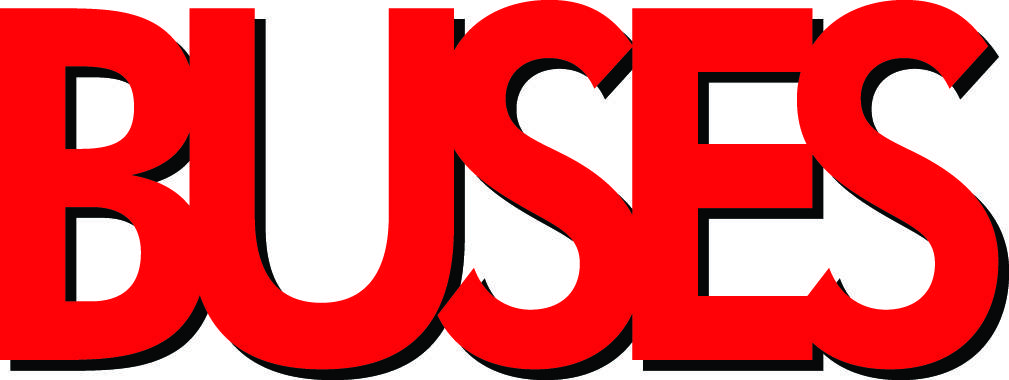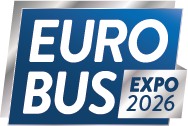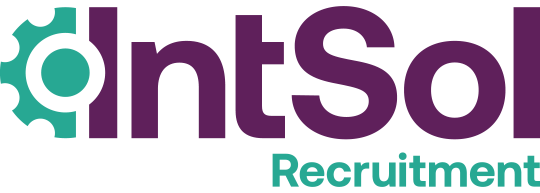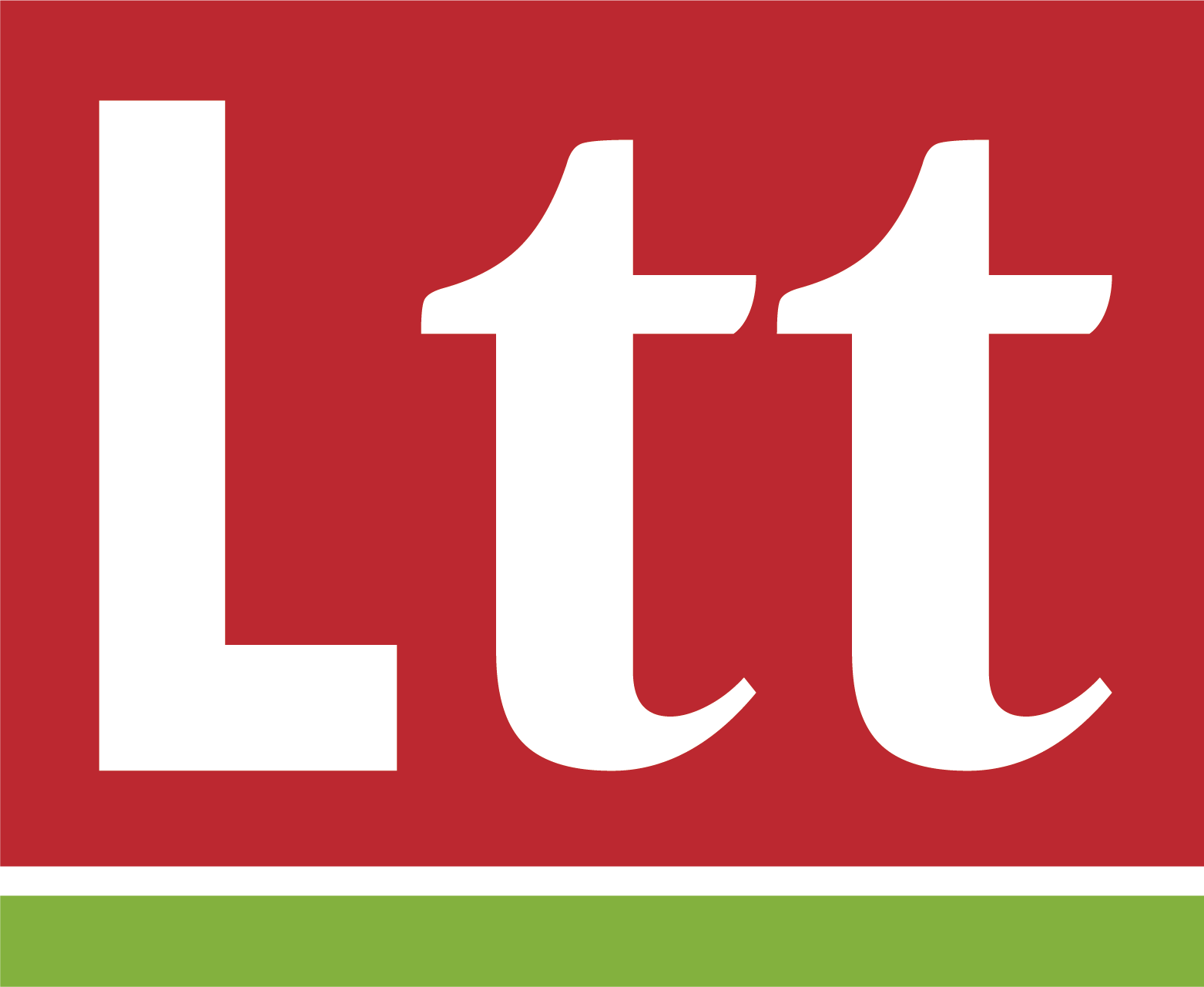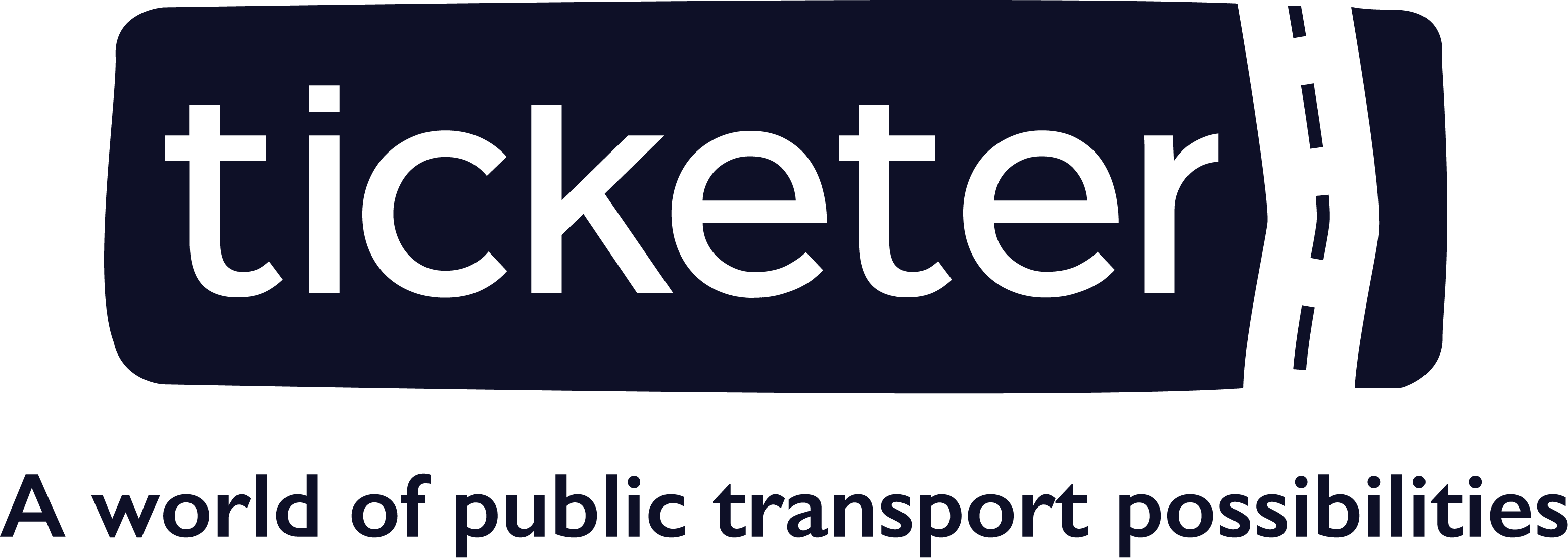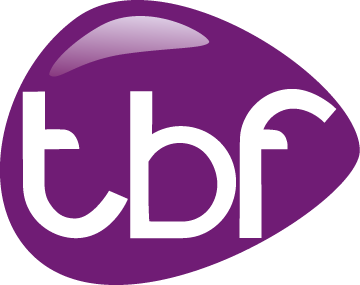You can find guidance on the criteria for this category here
The general environment for bus companies has been changing rapidly for some years. Customers have come to expect the high standards of service which they find elsewhere and so the traditional skills in bus companies of providing reliable operations and properly maintained buses, crucial though they are, brings businesses to the starting grid and not much further on. Increasingly bus companies must change the way they work to match up operational excellence with innovation and fresh ideas created and brought to life by engaged, motivated and fully trained employees.
The Cultural Change award is intended to recognise particular efforts to change the outlook of a whole company towards the way it has done things traditionally. This may include:
- Particular initiatives to improve the business and the way it works such as team building, breaking down silos, awareness of internal customers and working smarter.
- Programmes designed to change the way customers perceive the business and hence their enthusiasm to use its services. Customer care training and campaigns to influence attitudes would be examples.
- Specific measures to reduce costs or improve revenue without compromising service delivery such as accident reduction schemes and effective ways for all employees to identify opportunities, to highlight waste and be listened to.
- Employee development programmes
- Any other initiatives and/or practices designed to engender employee engagement and better working.
Who can be nominated?
Entries will be welcomed from operators, local transport authorities, partnerships and any other organisation involved in transport.
…and by whom?
Nominations will be accepted from all eligible organisations and self-nomination is acceptable.
Criteria and entry requirements
We have made the entry submission for the Cultural Change award a ‘blank canvas’. With no set criteria but a few points of guidance, entrants have total flexibility within a 2,000 word limit in how they present their case for this award.
Submissions should not exceed 2,000 words and could cover:
- Details of the initiative or project, which groups of employees it covered and how it was delivered.
- What the aims were and how far these were achieved. It will be important to substantiate these by objective data. Examples might be changes to employee survey results or basic details on how many people have completed a particular programme or how the percentage mix of employees has changed. Further examples might be the use of sickness / absence rates or turnover percentages which are also indicative of people’s attitude towards work. Other projects might touch on safety in which case changes to accident statistics and/or reductions in complaints about poor driving will help to support claims about the effectiveness of the training. In short, any measure which can support general assertions and grand claims of success will be welcome.
- The timescales over which the project is being delivered. It is appreciated that changing attitudes or delivering training to large numbers of people will spread often over a number of months, if not years. It is also recognised that a project may be part of a wider programme of change.
- What makes the particular project or scheme stand out from the crowd to be an award winner.
The judges appreciate that the delivery and success of schemes is heavily influenced by scale and ambition. For example, changing the attitudes of an entire workforce in multiple locations is an entirely different challenge to concentrating on a more limited number of people in one location. However, if those people are managers or supervisors, they may have a far quicker and more immediate impact on the business. All projects, big or small, are of supreme interest and the judges will weigh up the degrees of challenge with the actual outcomes in arriving at their decision.
SENDING IMAGES
Please ensure that you send JPEG files. PDFs, pictures in Word files and in PowerPoint presentations are NOT acceptable.
For people categories, it is nice to see the person in a work environment – in a driving cab, by a vehicle or with colleagues, for example – but please ensure that the nominee is clearly recognisable. A head and shoulders shot is also useful. For other categories, please send pictures of your project or your company’s activities, and send one of the team involved.
These photographs may be used by us in a variety of ways, on the Bus Awards web site, in video presentations and in souvenir brochures and other printed material including the trade press.So that we can make the most effective use of the pictures you send us, please try to ensure that they are high-resolution JPG images (300 dpi) and at least 1200 x 1600 pixels in size. This implies a file size of at least several hundred KB – more is better. If you are using a mobile phone, please select the highest quality/most mega pixel/highest file size setting.
You do not have permission to view this form.



